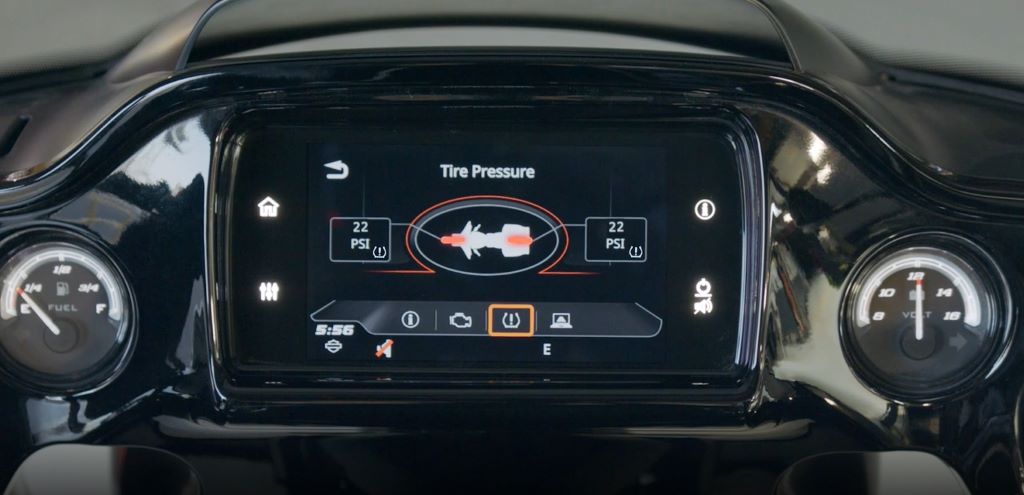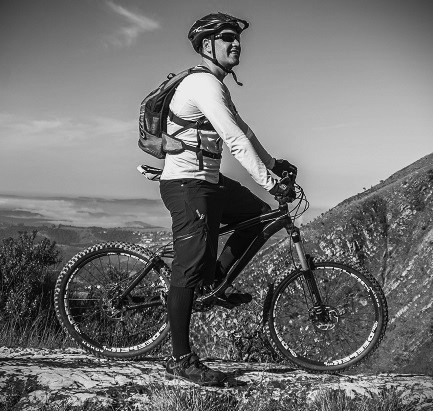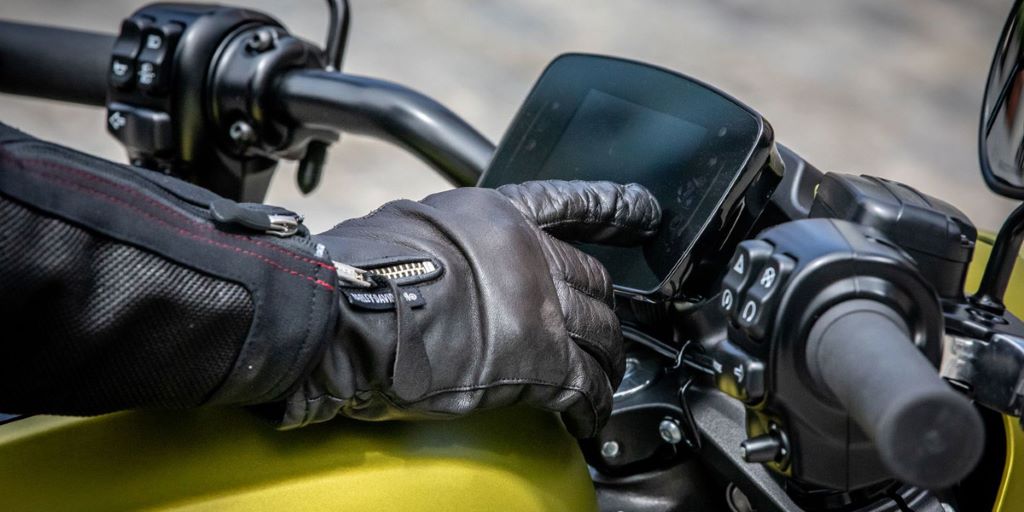Ever wondered if your bike has that extra layer of safety and control? Imagine riding with confidence, knowing your bike has your back in tricky situations. Sounds great, right? That’s what Reflex Defensive Rider Systems (RDRS) can do for you. But how do you know if your bike is equipped with this advanced technology? How to Tell If Your Bike Has RDRS Let’s dive in and find out!
What is RDRS?
The Basics
RDRS, or Reflex Defensive Rider Systems, is a suite of electronic safety features designed to enhance your riding experience. Think of it as your bike’s way of looking out for you. It includes systems like traction control, anti-lock braking, and vehicle hold control, all working together to keep you safe.
Why It Matters
Why should you care about RDRS? Simple. It makes riding safer and more enjoyable. Whether you’re a seasoned rider or a newbie, having these systems can make a huge difference. They help you maintain control in various conditions, from wet roads to sudden stops.
How to Identify RDRS on Your Bike
Check the Model Specifications
The easiest way to know if your bike has RDRS is to check the model specifications. Manufacturers usually list these features in the bike’s manual or on their website. If your bike is a recent model, especially from brands like Harley-Davidson, there’s a good chance it has RDRS.
Look for Physical Indicators
Another way to tell is by inspecting your bike. RDRS-equipped bikes often have visible components like ABS sensors and traction control modules. These are usually located near the wheels or the engine. If you’re not sure what to look for, a glance at the manual can help.
Dealer Verification
Still not sure? Your local dealer can help. They can verify if your bike has RDRS and even show you how to use it. It’s always a good idea to get a professional opinion if you’re uncertain.
Key Features of RDRS

Traction Control System (TCS)
Traction control is like having a guardian angel for your wheels. It prevents the wheels from spinning too fast, especially on slippery surfaces. This system adjusts the engine power to maintain grip, making your ride smoother and safer.
Anti-lock Braking System (ABS)
ABS is a lifesaver in emergency braking situations. It prevents the wheels from locking up, allowing you to maintain control while stopping quickly. This is particularly useful in wet or icy conditions.
Vehicle Hold Control
Ever struggled to start your bike on a hill? Vehicle hold control has got you covered. It holds the brake pressure when you’re stopped on an incline, giving you time to accelerate without rolling back.
Drag Torque Slip Control
This feature helps when you’re downshifting quickly. It prevents the rear wheel from locking up by adjusting the engine power. It’s especially useful for maintaining control during sudden deceleration.
Tire Pressure Monitoring System (TPMS)
TPMS keeps an eye on your tire pressure and alerts you if it drops below a safe level. Proper tire pressure is crucial for both safety and performance, so this feature is a big plus.
Benefits of RDRS
Enhanced Safety
The primary benefit of RDRS is enhanced safety. These systems work together to keep you in control, no matter the riding conditions. They reduce the risk of accidents and make your rides more predictable.
Improved Confidence
Knowing your bike has these advanced systems can boost your confidence. You can focus more on enjoying the ride and less on worrying about potential hazards.
Better Performance
RDRS doesn’t just make riding safer; it also improves performance. By optimizing traction and braking, these systems help you get the most out of your bike.
You may find this useful: The 5 Best/Most Comfortable Bike Seats with Backrests of 2024
Common Questions About RDRS
Do All Bikes Have RDRS?
Not all bikes come with RDRS. It’s more common in newer models and higher-end bikes. If you’re in the market for a new bike, it’s worth checking if RDRS is included.
Can I Add RDRS to My Bike?
Adding RDRS to a bike that doesn’t have it can be challenging and expensive. It’s usually better to buy a bike that comes with these features from the factory.
How Do I Use RDRS?
Using RDRS is usually straightforward. Most systems are automatic, meaning they activate when needed without any input from you. However, it’s a good idea to familiarize yourself with the manual to understand how each feature works.
You may want to explore: A Beginner’s Guide To The Tour de France: History, Facts and Tips For Increasing Fan Experience
Conclusion
Knowing if your bike has RDRS can give you peace of mind and enhance your riding experience. By checking the model specifications, looking for physical indicators, and consulting with your dealer, you can easily determine if your bike is equipped with these advanced safety features. RDRS offers numerous benefits, from improved safety to better performance, making it a valuable addition to any motorcycle. So, next time you hit the road, you can ride with confidence, knowing your bike has your back.

Welcome to outdoorxsports.com! I’m Russell, your guide to the awesome world of mountain biking. This blog is all about building a community of riders who love to share their passion for the sport. Expect inspiring stories, local trail recommendations, fun challenges, and tips for making the most of your time on two wheels.

